Quick Facts
Diwali is a festival of physical and spiritual light celebrated on 15th day of the Hindu month of Kartika.
Note: During a gazetted holiday, government offices and most businesses are closed so people have a day off work.
List of dates for other years
Name
Diwali/DeepavaliDiwali/Deepavali 2011
Wednesday, October 26, 2011Note: During a gazetted holiday, government offices and most businesses are closed so people have a day off work.
List of dates for other years
Diwali (Dīvali, Dīpāwali, Deepavali, Dipabali) is a festival of lights and is a gazetted holiday in India. Followers of Buddhism, Hinduism, Jainism and Sikhism observe various customs related to Diwali.

Beautiful sky lanterns made of colorful cloth for sale for the Diwali festival in India. ©iStockphoto.com/thefinalmiracle
What do people do?
Diwali celebrations may last for up to five days. Many people decorate their home and workplaces with tiny electric lights or small clay oil lamps. Bowls of water with candles and flowers floating on the surface are also popular decorations.Many people make a special effort to clean their homes and yards before Diwali. They may also wash themselves with water and fragrant oils, wear new clothes and give gifts of sweets to family members, close friends and business associates. Fireworks are set off in the evening in some areas. Melas (fairs) are held in many towns and villages.
People in different regions in India may celebrate Diwali on various dates. This is because traditional lunar calendars can be interpreted in different ways. For example, Deepavali in Tamil Nadu is celebrated in the Tamil month of Aipasi.
Public life
Government offices, post offices and banks are closed in India on Diwali. Stores and other businesses and organizations may be closed or have reduced opening hours. Transport is usually unaffected as many locals travel for religious celebrations. However those wishing to use public transport on the day should check with the local transport authorities on public transit schedules.Background
Deepawali or Diwali is a festival of lights symbolizing the victory of righteousness and the lifting of spiritual darkness. The word “Deepawali” refers to rows of diyas, or clay lamps. This is one of the most popular festivals in the Hindu calendar. It is celebrated on the 15th day of Kartika, according to the Hindu calendar. This festival commemorates Lord Rama's return to his kingdom Ayodhya after completing his 14-year exile. The myths around Rama and Ravana are told during another holiday, known as Dussehra or Vijaya Dashami.The Goddess Lakshmi was Vishnu’s consort and she symbolizes wealth and prosperity. She is also worshipped on Diwali. This festival is celebrated in West Bengal as "Kali Puja", and Kali, Shiva's consort, is worshipped during Diwali. The Diwali festival in southern India often commemorates the conquering of the Asura Naraka, a king of Assam who imprisoned many people. It is believed that Krishna freed the prisoners.
Many Buddhists in India mark anniversary of the Emperor Ashoka’s conversion to Buddhism around the time of Diwali. Many scholars believe that Ashoka lived between 270BCE and 232 BCE. Many people who observe Jainism mark the anniversary of Mahavira's (or Lord Mahavir) attainment of nirvana on October 15, 527 BCE. Mahavira established the central spiritual ideas of Jainism. Many Jains celebrate the Festival of Lights in his honor.
Bandi Chhorh Divas, which is the Sikh celebration of the sixth Nanak's (Guru Har Gobind) return from detention in the Gwalior Fort, coincides with Diwali. This coincidence has resulted in the similarity of celebrating the day among many Sikhs and Hindus.
Symbols
Electric lights, small oil lamps made of clay and flames are important Diwali symbols. They represent both physical and spiritual aspects of light.Diwali/Deepavali Observances
Deepavali (also: Depawali, Dipavali, Dewali, Diwali, Divali, Dipotsavi, Dipapratipad ) marks the beginning of the Hindu New Year according to the Lunar Calendar. It literally translated means 'Row of Lights' (from Sanskrit: dipa = lamp / awali = row, line). It celebrates the victory of Goodness over Evil and Light over Darkness - it ushers in the new year. Especially for this event people are cleaning their houses and wear new clothes. Diwali is a 5 day festival as Dhanteras, Choti Diwali, Badi (Main) Diwali, Padwa and Bhaiduj. There are many different names for the days of Diwali in different regions of India (South & North India, East & West India) and in the different languages spoken in that regions (i.e. Hindi, Urdu, Telugu, Tamil, Gujarati, Bengali). During Deepavali people pray to Lakshmi, Goddess of wealth, light, prosperity and wisdom, but also to Ganesha, the 'Remover of Obstacles' and the 'Lord of Beginnings'.
Deepavali celebrations take place in many countries in the world. On the first day of the Diwali festival people pray and having a special breakfast made of many different foods. The Hindu Goddess Lakshmi's statue and images are carried through the streets in processions. There are various legends and stories associated with the Diwali festival. The story of Bali, Emergence of Laxmi, Krishna Narakasur Fight, Victory of Rama over Ravana and many more. Dipa Lights (also called Diwali Diyas, Kandils, Ghee Lamps or Parvati Ganesha Lamps) - made of clay, fueled with Oil from Coconuts, Mustard or Ghee (clarified butter), the wick made of cotton wool - are placed outside of houses, on floors and doorways. During Diwali festival, doorways are hung with torans of mango leaves and marigolds. Deepavali Melas are being enjoyed by Hindus, Sikhs, Jains & Buddhists alike. On the day of Deepavali people exchange gifts, bursting firecrackers, lighting fireworks, colourful sparklers & bonfires and having festive meals. Diwali Melas (fairs) are held throughout India and the celebrations abroad. The Indian Festival of Lights takes place after the monsoon season has finished and the weather is nice and pleasant again.
Wishing Happy Diwali to everyone! Deepavali Valthukkal!! Shubh Diwali!!
Deepavali celebrations take place in many countries in the world. On the first day of the Diwali festival people pray and having a special breakfast made of many different foods. The Hindu Goddess Lakshmi's statue and images are carried through the streets in processions. There are various legends and stories associated with the Diwali festival. The story of Bali, Emergence of Laxmi, Krishna Narakasur Fight, Victory of Rama over Ravana and many more. Dipa Lights (also called Diwali Diyas, Kandils, Ghee Lamps or Parvati Ganesha Lamps) - made of clay, fueled with Oil from Coconuts, Mustard or Ghee (clarified butter), the wick made of cotton wool - are placed outside of houses, on floors and doorways. During Diwali festival, doorways are hung with torans of mango leaves and marigolds. Deepavali Melas are being enjoyed by Hindus, Sikhs, Jains & Buddhists alike. On the day of Deepavali people exchange gifts, bursting firecrackers, lighting fireworks, colourful sparklers & bonfires and having festive meals. Diwali Melas (fairs) are held throughout India and the celebrations abroad. The Indian Festival of Lights takes place after the monsoon season has finished and the weather is nice and pleasant again.
Wishing Happy Diwali to everyone! Deepavali Valthukkal!! Shubh Diwali!!
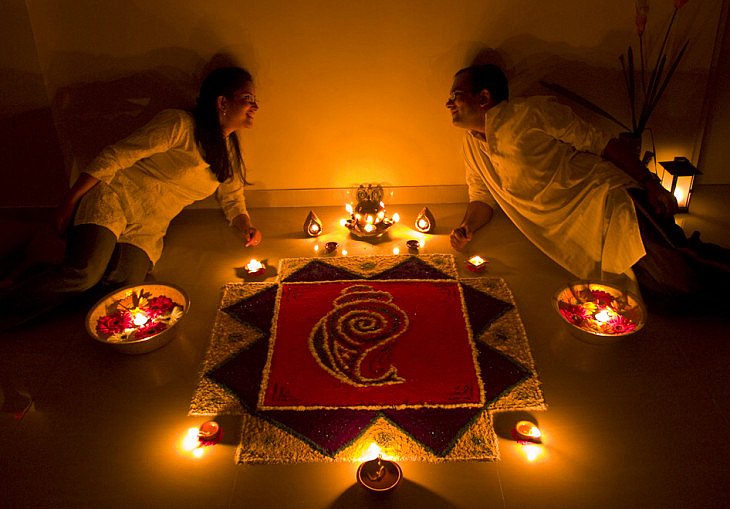
Romantic Diwali
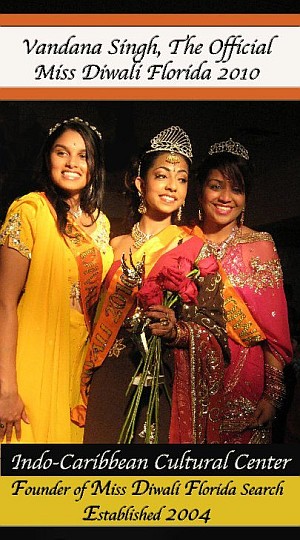
Miss Diwali 2010 (Florida)
Send us your best Deepavali/Diwali Pictures !
Do you have any great pictures of Deepavali ? Please share them with us ! No matter where you are, if India, USA, Singapore, Malaysia or anywhere else - we will review all of your photos carefully and publish the best ones here on our website. Especially we are still looking for pictures of your wonderful Rangolis.
Thank you !
HAPPY DEEPAVALI !
IMPORTANT: Please send us your OWN ORIGINAL pictures only! Do not copy them from anywhere else! You agree to give us your permission to use your pictures on our website and that you yourself hold the copyrights on those pictures or photos.
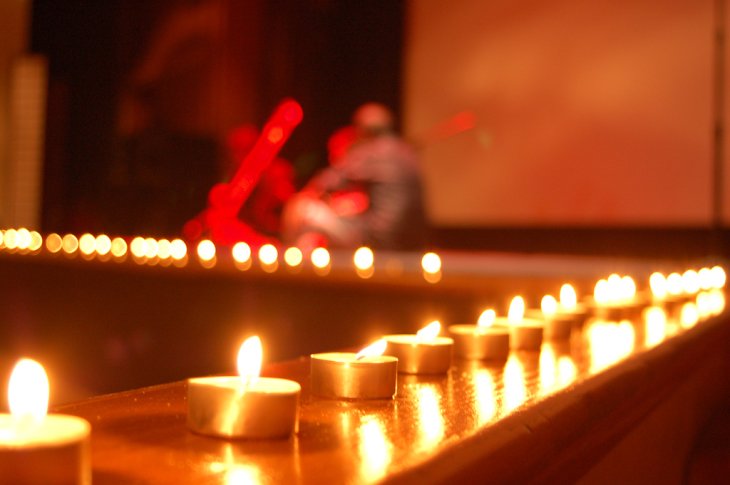
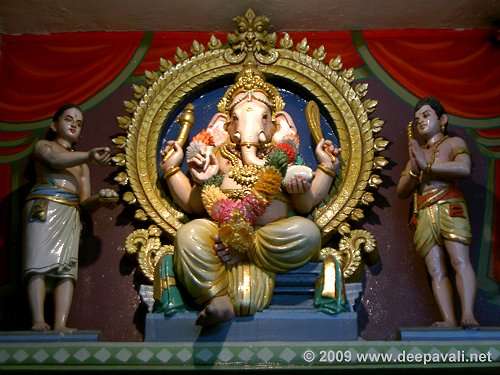
Lord Ganesh is being prayed to on Deepavali
Indian Population
Living Outside of India
Worldwide there are an estimate of 25 million Non-Resident Indians (NRI) and Persons of Indian Origin (PIO) living in countries other than India. Those estimates vary between 25 to over 30 mio. The entire NRI population is dominated by people from the southern indian states. According to recent estimates, over 54% of NRIs have their origin in South India, while only 23% are from the North, followed by 19% from the West and only 5% from East India. More details: http://en.wikipedia.org/wiki/Non-resident_Indian_and_Person_of_Indian_Origin
Population of Indians Worldwide
| Country | Number of Indians | Remarks |
|---|---|---|
| India | 1,166 mio | Diwali Festival Celebrations in Mumbai, Delhi, Bangalore, Jaipur, Pune, Kolkata, Chennai, Tamilnadu, Hyderabad, Ahmedabad, Srinagar, Agra, Surat, Kanpur, Nagpur, Indore, Bhopal, Thane, Ludhiana, Lucknow, Nashik, Vadodara, Rajkot, Meerut, Patna |
| Nepal | 4.0 mio | 14% of population, Deepavali is called "Tihar" and "Swanti" here |
| USA | 2.8 mio | most Indians in California (Cupertino, Los Angeles, Freemont, Palo Alto), New York City (NYC), Atlanta/Georgia, Indianapolis/Indiana & New Jersey |
| Myanmar / Burma | 2.0-2.9 mio | 2% of population, estimates vary significantly |
| Malaysia | 2.1 mio | 8% of population, most Tamil (also Malayalam- & Telugu speaking), called "Hari Diwali" here, Celebrations in Kuala Lumpur (KL) |
| United Arab Emirates | 1.5 mio | |
| Saudi-Arabia | 1.5 mio | |
| United Kingdom (UK) | 1.4 mio | 2.7% of population (2nd largest ethnic minority in Britain), most in London, Leicester is famous for it's Diwali celebrations |
| South Africa (RSA) | 1.2 mio | most living in eastern regions of Natal and Transvaal |
| Canada | 970,000 | more than 70% of Indians live in Toronto/Ontario, Vancouver & Calgary |
| Mauritius | 860,000 | 63-70% of population (80% are Hindus) |
| Sri Lanka | 850,000 | |
| Kuwait | 580,000 | |
| Trinidad and Tobago | 550,000 | Chaguanas hosts the Divali Nagar site |
| Oman | 450,000 | |
| Singapore | 400,000 | 3rd largest ethnic group (9-10%), most prominent in Little India District |
| Fiji | 340,000 | |
| Guyana | 330,000 | 33% of population |
| Australia | 260,000 | 1.2% of population, celebrated in Melbourne (Sandown Race Course) |
| Rèunion | 220,000 | |
| Netherlands | 217,000 | |
| Suriname | 180,000 | |
| Bahrain | 150,000 | |
| New Zealand | 105,000 | |
| Yemen | 101,000 | |
| Kenya | 100,000 | |
| Tanzania | 90,000 | |
| Uganda | 90,000 | |
| Jamaica | 90,000 | |
| France | 75,000 | |
| Italy | 72,000 | |
| Portugal | 70,000 | |
| Thailand | 65,000 | Diwali is called "Lam Kriyongh" here |
| Indonesia | 55,000 | 2% of population, Bali is known for it's Diwali Festival celebrations (the majority here are Indians) |
| Guadeloupe | 55,000 | |
| Israel | 45,000 | |
| Philippines | 40,000 | |
| Hong Kong | 40,000 | |
| Germany | 35,000 | |
| Cuba | 34,000 | |
| Japan | 21,000 |
Note: All numbers are estimates from various sources without any warranty.
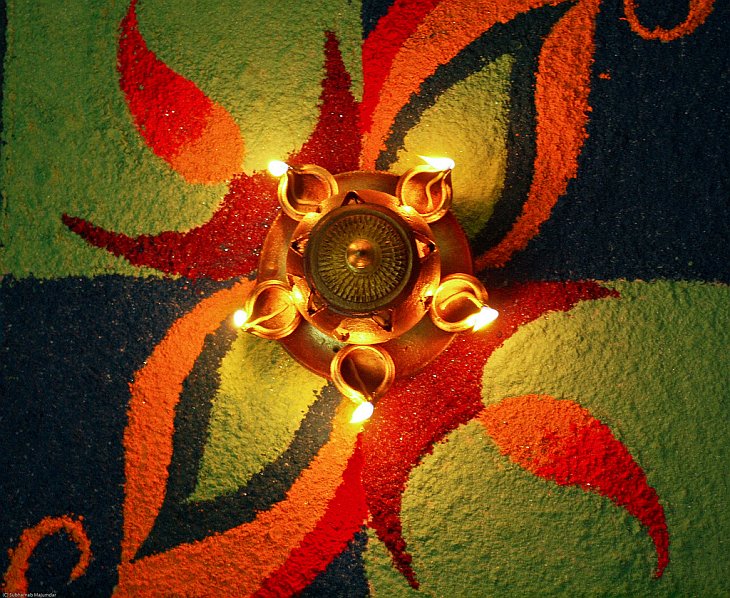
Beautiful Rangoli with Diya Lights (Indian Candles)
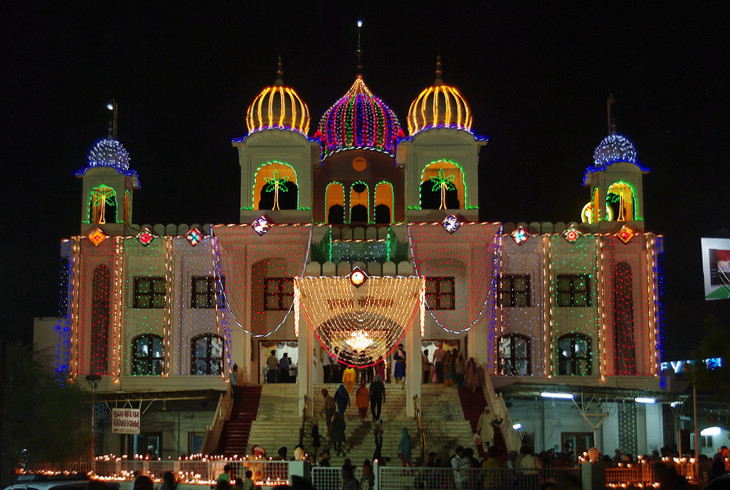
Diwali in Ahmedabad / India

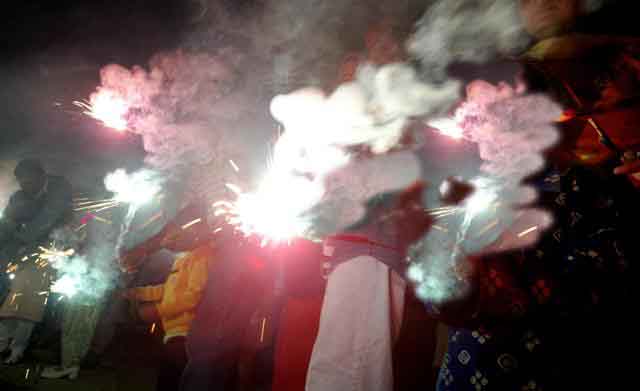 Deepavali is celebrated 20 days after Dussehra, on Amavasya - the 15th day of the dark fortnight of the Hindu month of Ashwin (Aasho) in (Oct/ Nov) every year. Diwali is a festival synonymous with celebrations in India and is an occasion for jubilation and togetherness. This is an occasion for people of all religions. At the metaphysical level, Deepawali is a festival signifying the victory of good over evil. People believe that the latter is destroyed and reduced to ashes by fireworks. This festival is celebrated on a grand scale in almost all regions of India and is looked upon mainly as the beginning of a New Year. On this day of Diwali (Deepavali) people light small oil lamps (called diyas) and place them around their homes, in courtyards, gardens, verandahs, on the walls and also on the roof tops. In cities, candles are substituted by diyas; and among the riches, candles are made to substitute for fashionable lights. The celebration of the festival is customarily accompanied by the exchange of sweets and lighting crackers. 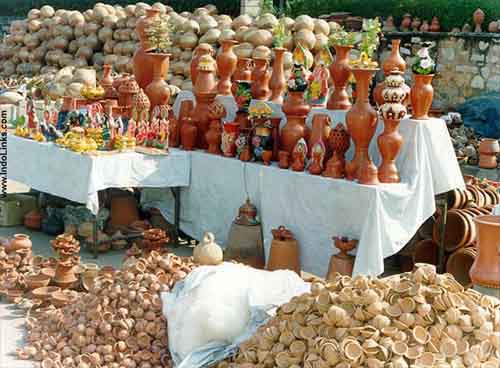
|  click for Other Tourist Place |
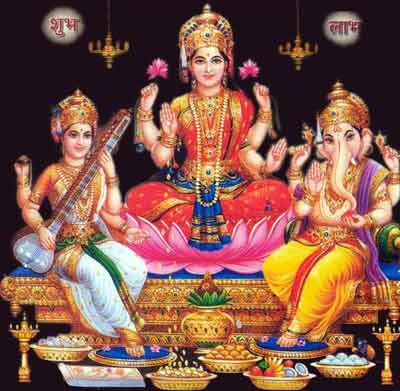
No comments:
Post a Comment